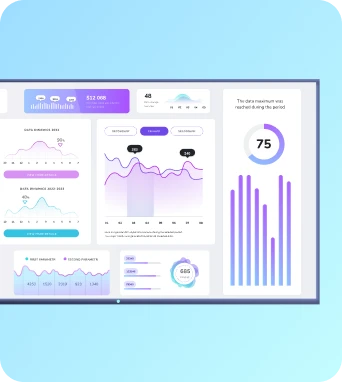Aspect ratio correction
Aspect ratio correction is the process of adjusting media and layout to match the native width-to-height proportions of a display, using scaling, cropping, padding or letterboxing. In digital signage it prevents distortion, preserves composition and ensures consistent presentation across screens, dashboards and mixed-player networks.
What is Aspect ratio correction?
Technical behaviours and algorithms behind aspect ratio correction
Deployment considerations and practical implementation for signage networks
Final Thoughts on Aspect ratio correction
Keep the learning going...
AR (Augmented Reality) signage
AR (Augmented Reality) signage uses camera input, spatial tracking and computer vision to overlay digital content onto physical displays or the surrounding environment, producing contextual, interactive layers. It enhances TV dashboards and workplace screens with dynamic, data-driven overlays and experiential touchpoints that integrate into content management systems such as Fugo.ai.
Asset tagging
Asset tagging in digital signage is the systematic application of descriptive labels and structured metadata to media files, templates and playlists to enable targeted scheduling, device-level delivery, automated workflows, analytics and integration with content management systems across signage networks and dashboards.
Asus Chromebox
Asus Chromebox is a compact Chrome OS-based mini PC often used as a cost-effective digital signage player. In signage contexts it runs a browser-first stack, boots quickly into kiosk or managed sessions, and integrates with cloud signage platforms like Fugo.ai to display playlists, dashboards and HTML5 content reliably across multiple screens.



